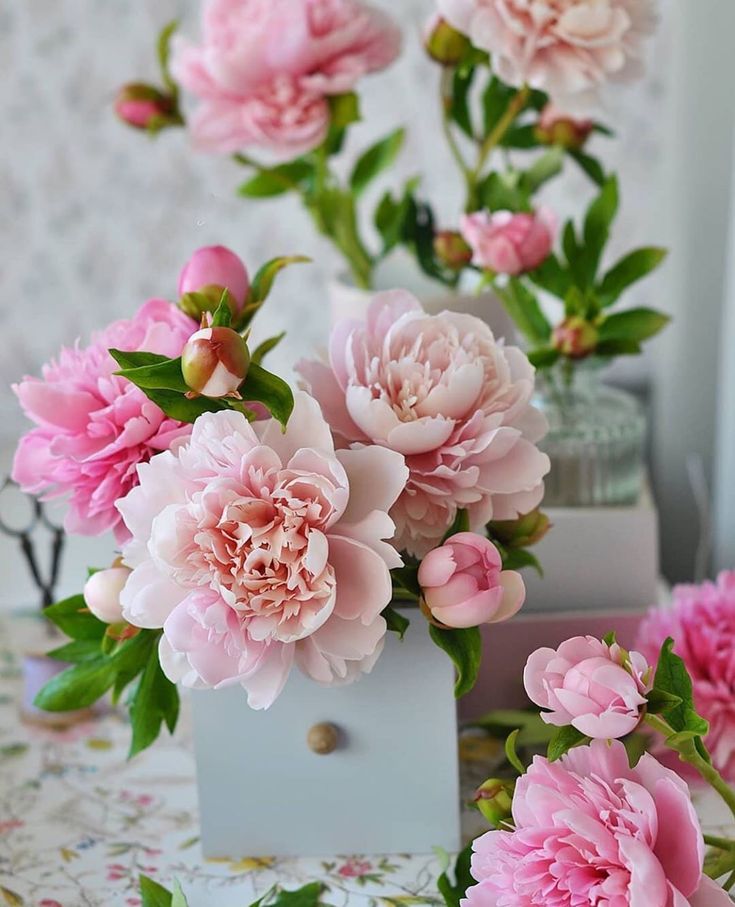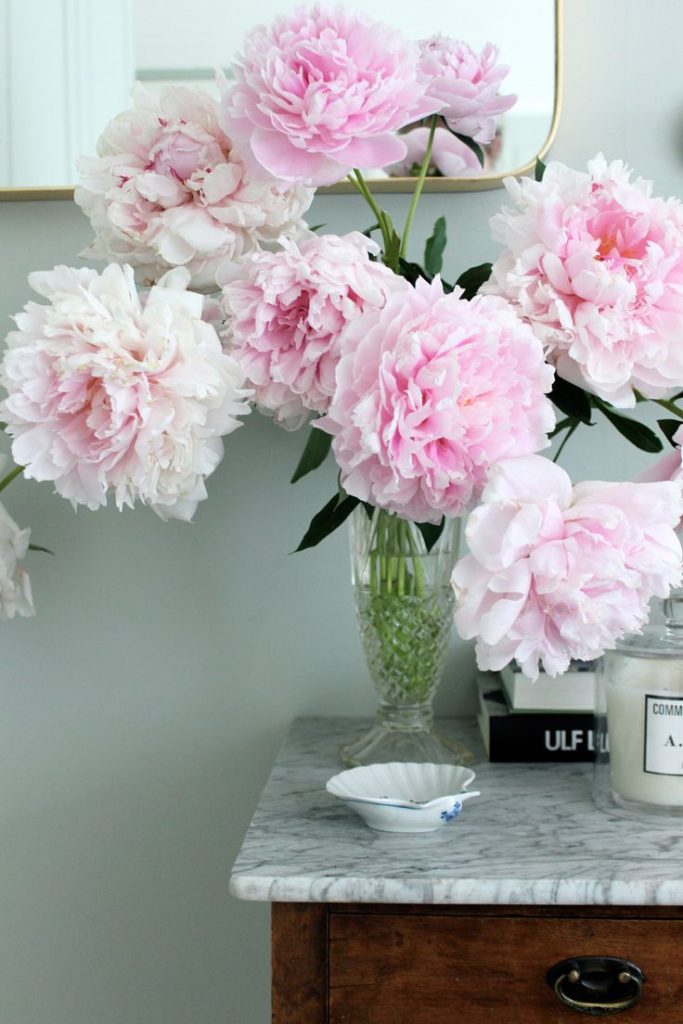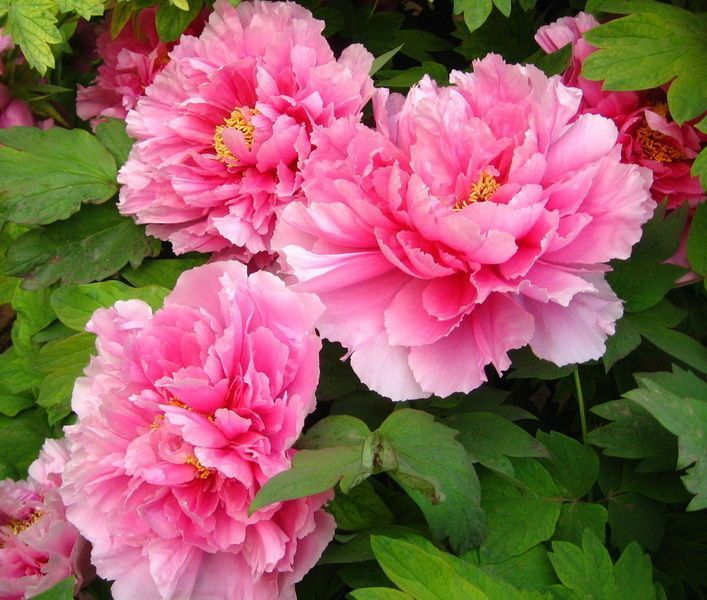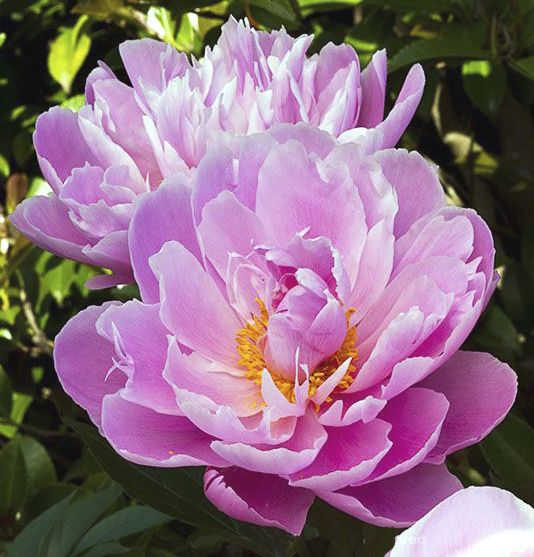Proper soil drainage is essential for the health and vigor of peony plants, as these flowering perennials are susceptible to root rot and other moisture-related issues in poorly drained soil. To create optimal growing conditions for peonies, it’s crucial to improve soil drainage in their beds, ensuring that excess water drains away efficiently and roots remain healthy and disease-free. In this guide, we’ll explore effective strategies for enhancing soil drainage in peony beds, allowing you to cultivate thriving plants and enjoy abundant blooms in your garden.








Assessing Soil Drainage Issues
**1. *Waterlogged Soil*
- Soil that remains waterlogged after rainfall or irrigation indicates poor drainage and may lead to root suffocation, nutrient leaching, and increased susceptibility to disease.
**2. *Surface Runoff*
- Excessive surface runoff, puddling, or erosion in peony beds suggests inadequate absorption and drainage capacity, resulting in soil compaction and waterlogging.
**3. *Compacted Soil*
- Compacted soil impedes water infiltration and root penetration, creating stagnant conditions that inhibit root growth and compromise plant health.
Strategies for Improving Soil Drainage
**1. *Amending Soil Texture*
- Incorporate organic amendments such as compost, well-rotted manure, or coconut coir into the soil to improve its texture and structure, enhancing water infiltration and drainage.
**2. *Creating Raised Beds*
- Construct raised beds or mounds for peonies to elevate root zones above poorly drained areas and promote better drainage and aeration.
**3. *Installing Drainage Channels*
- Dig shallow drainage channels or trenches around peony beds to redirect excess water away from the root zone and prevent waterlogging.
**4. *Adding Permeable Materials*
- Mix coarse sand, perlite, or pea gravel into the soil to increase porosity and create pathways for water to drain freely through the soil profile.
**5. *Installing Drainage Pipes*
- Install perforated drainage pipes or French drains beneath peony beds to collect and channel excess water away from the root zone to a suitable drainage outlet.
**6. *Planting on Slopes*
- Plant peonies on gentle slopes or raised berms to facilitate natural drainage and prevent water accumulation around the root zone.
Additional Tips for Soil Drainage
**1. *Avoid Overwatering*
- Water peonies sparingly, allowing the soil to dry out slightly between waterings to prevent waterlogged conditions and promote healthy root development.
**2. *Improve Soil Structure*
- Break up compacted soil with a garden fork or aerator to improve soil structure and enhance water infiltration and drainage.
**3. *Monitor Drainage Patterns*
- Observe drainage patterns in peony beds during rainfall or irrigation events, adjusting landscaping features and drainage systems as needed to mitigate waterlogging.
**4. *Maintain Organic Matter*
- Continuously add organic matter to peony beds to replenish nutrients, improve soil structure, and enhance water retention and drainage over time.
Conclusion
By implementing these effective strategies for enhancing soil drainage in peony beds, you can create optimal growing conditions for your plants and promote their health, vigor, and longevity. With well-drained soil, your peonies will thrive, producing an abundance of beautiful blooms to adorn your garden and delight your senses.
FAQs About Enhancing Soil Drainage for Peony Beds
- Q: Can I use regular garden soil for peonies?
- A: Peonies prefer well-draining soil with good aeration and fertility. While regular garden soil can be used, it may require amendments such as compost or sand to improve drainage and create optimal growing conditions for peonies.
- Q: How often should I water peonies?
- A: Water peonies deeply and infrequently, allowing the soil to dry out slightly between waterings to prevent waterlogging. Aim to provide 1 to 1.5 inches of water per week, adjusting based on soil moisture levels and weather conditions.
- Q: Can I grow peonies in containers?
- A: Yes, peonies can be grown in containers, provided the containers have adequate drainage holes and well-draining soil mix. Choose large, deep containers to accommodate peony roots and ensure optimal growth and development.